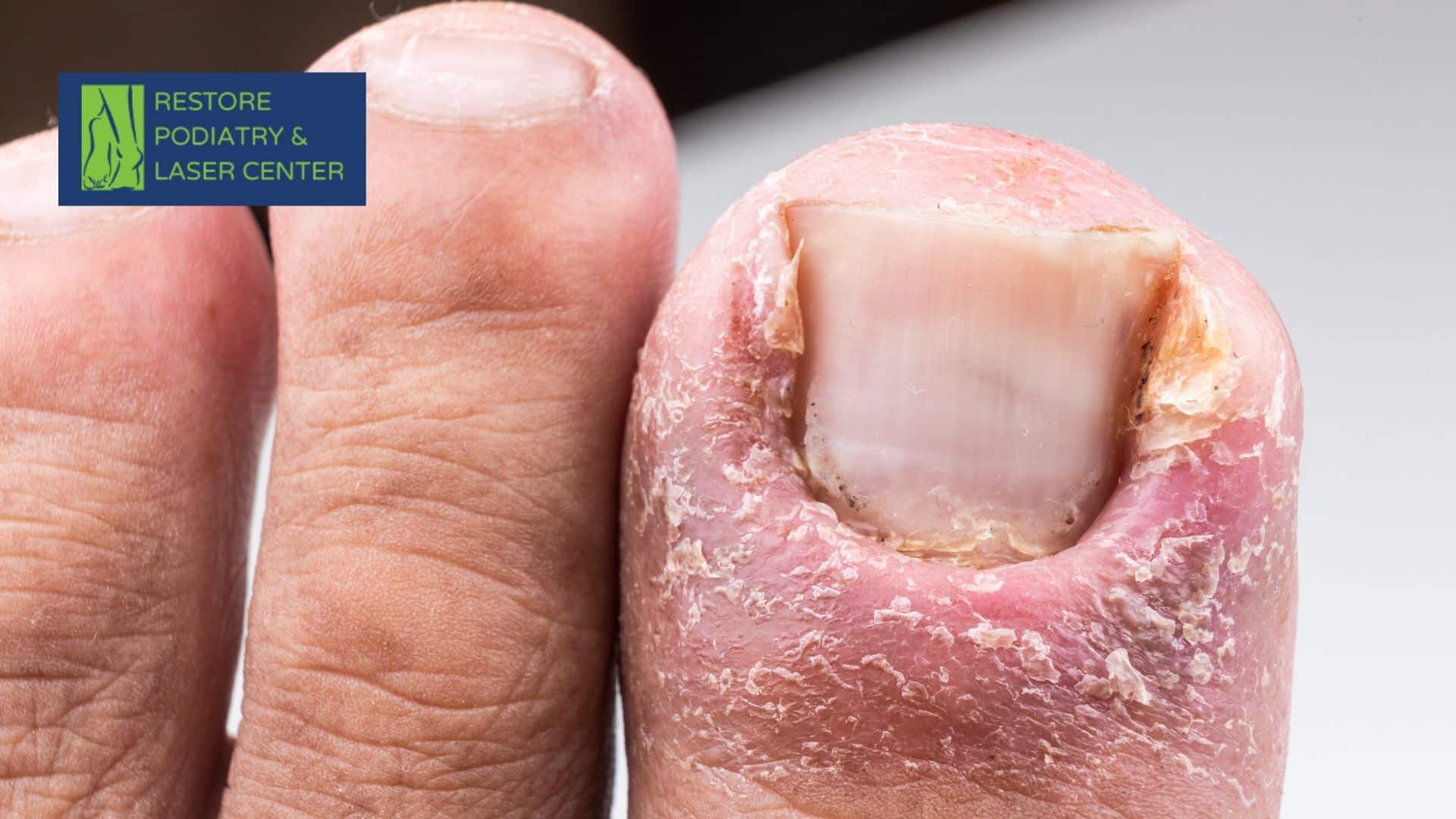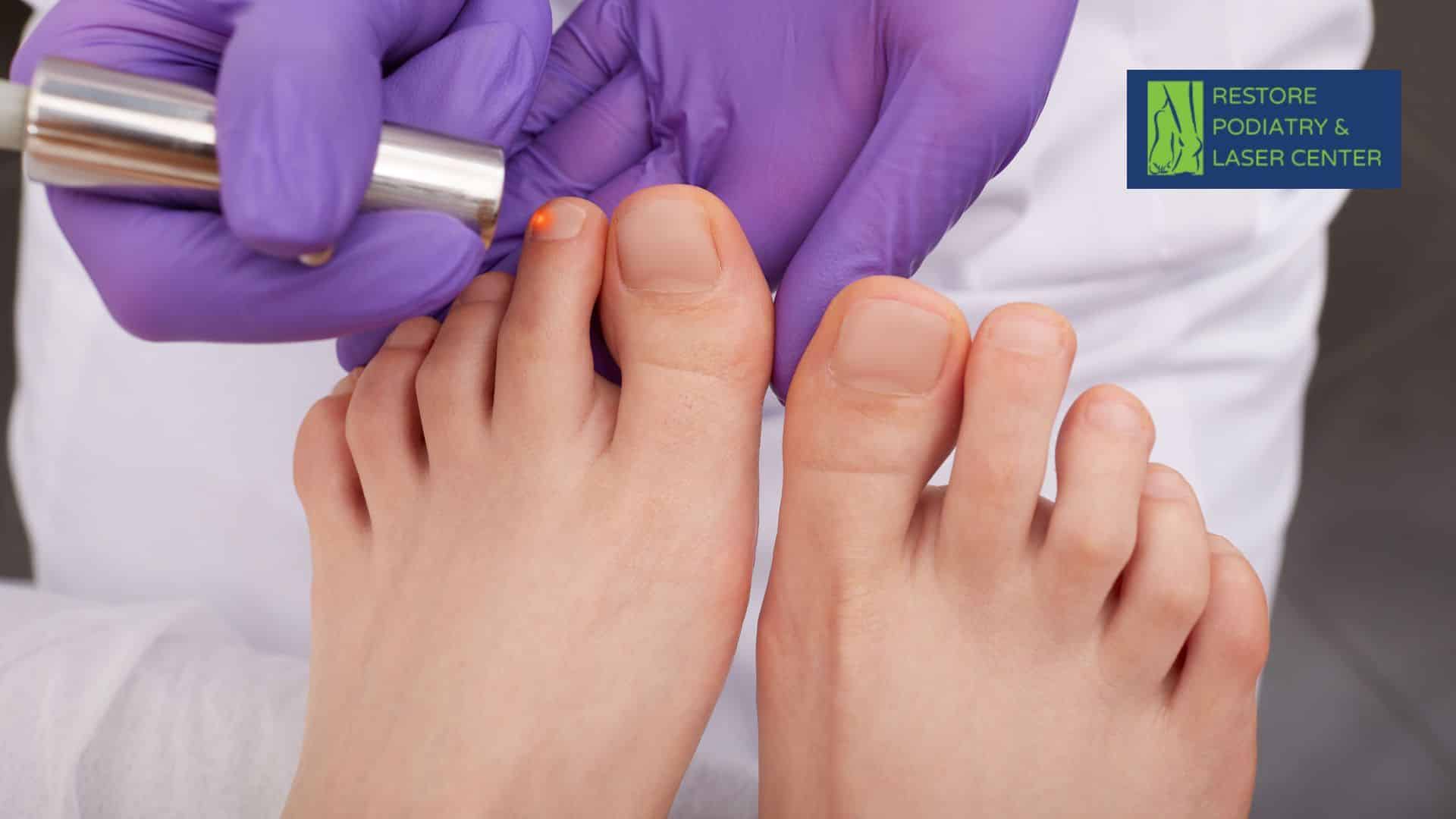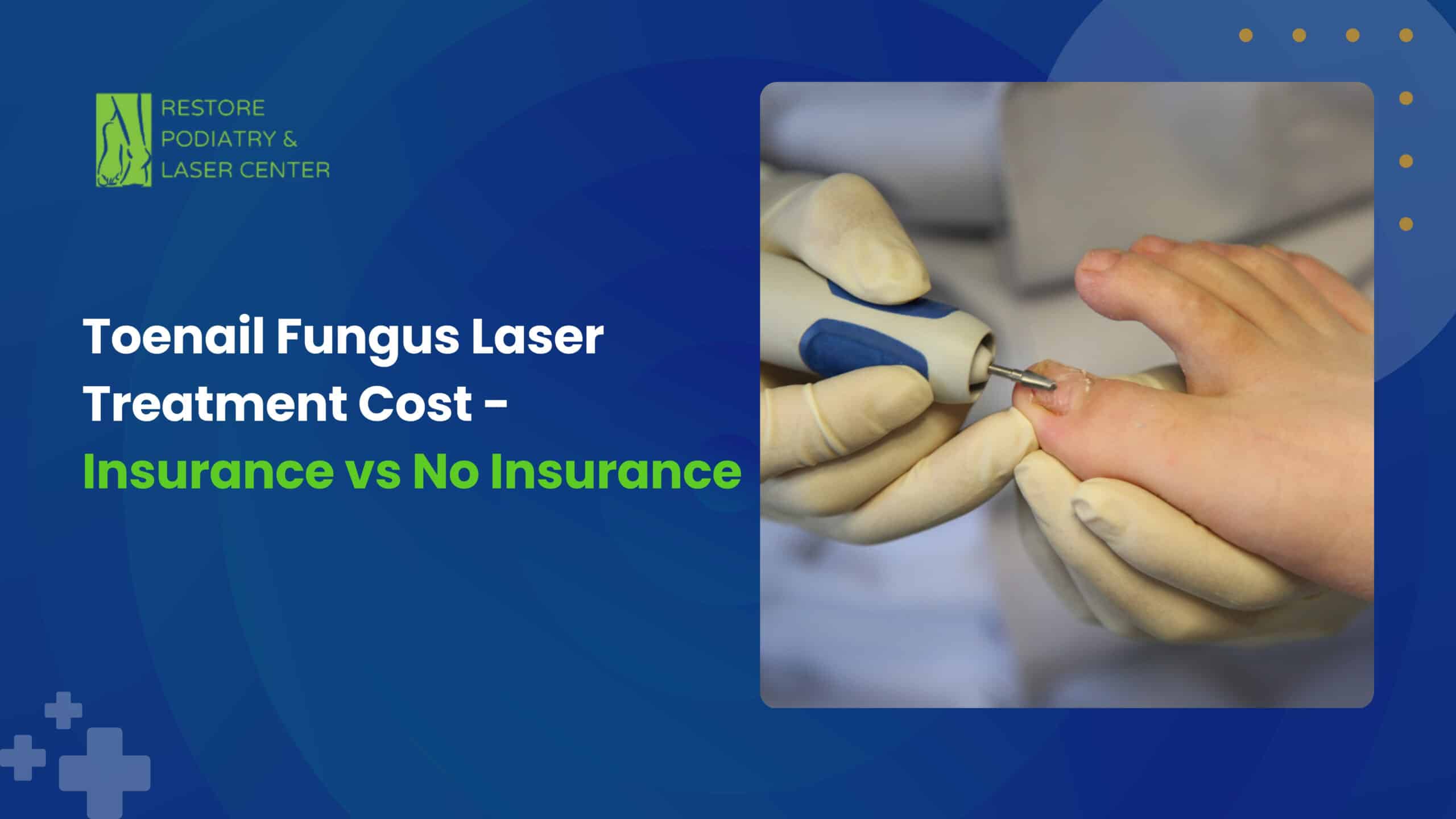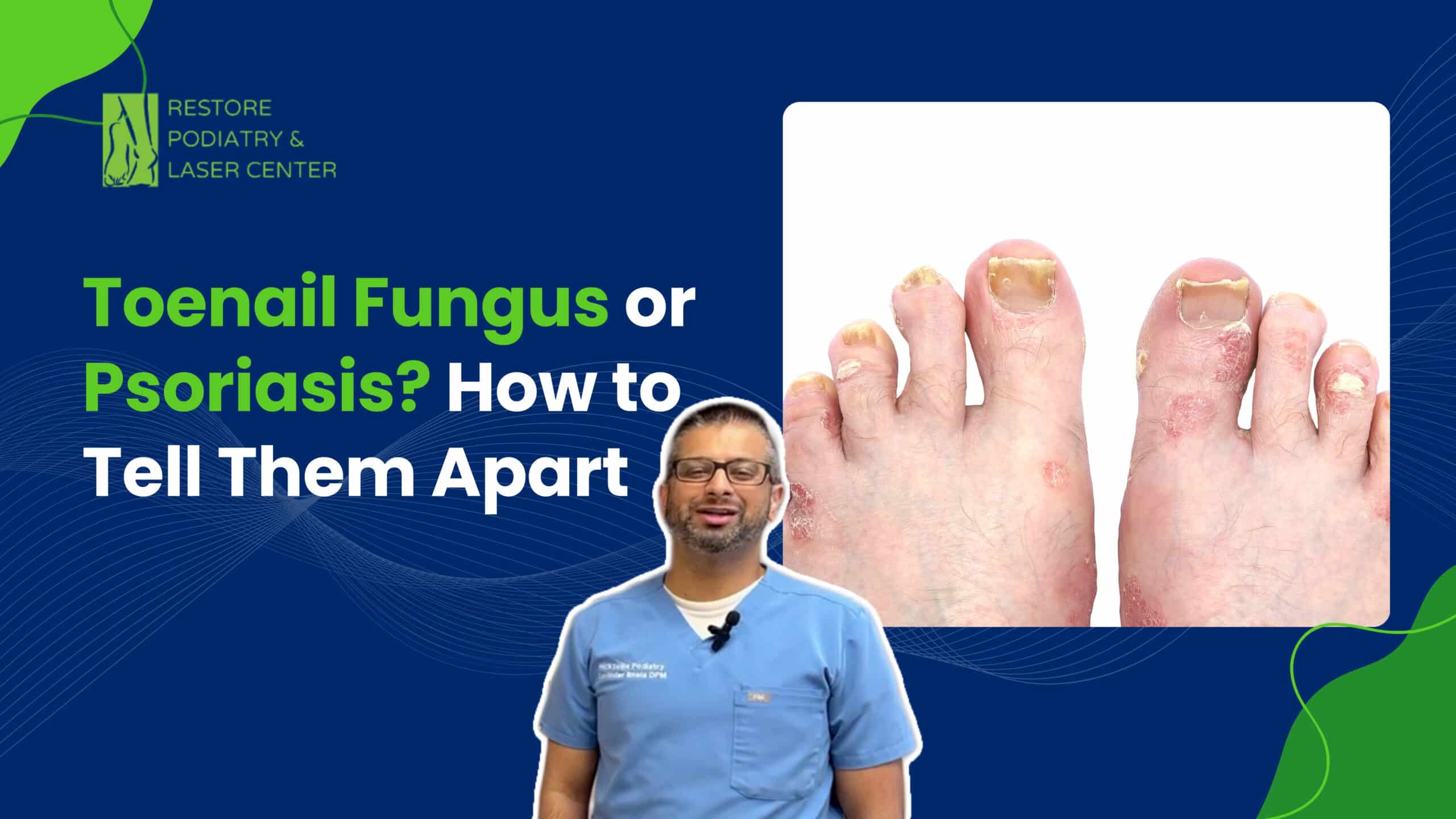At first, you may see white or yellow spots on the nail. Over time, the nail thickens, becomes brittle, and starts to crumble. If ignored, it can lead to:
- Pain and Discomfort – Thickened nails press against the skin, making walking painful.
- Ingrown Toenails – The nail may grow into the skin, causing infections.
- Spreading Infection – Fungus can spread to other nails, the skin, and even other people.
- Loss of the Nail – In severe cases, the nail may detach completely.
If you have diabetes or circulation problems, fungal infections can lead to serious complications.






